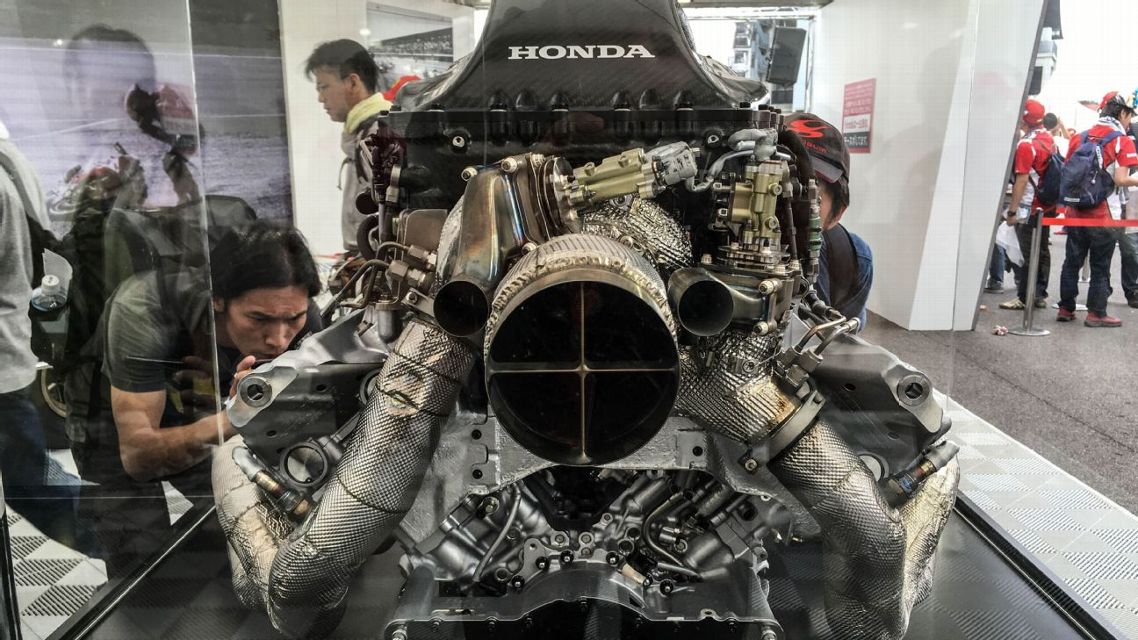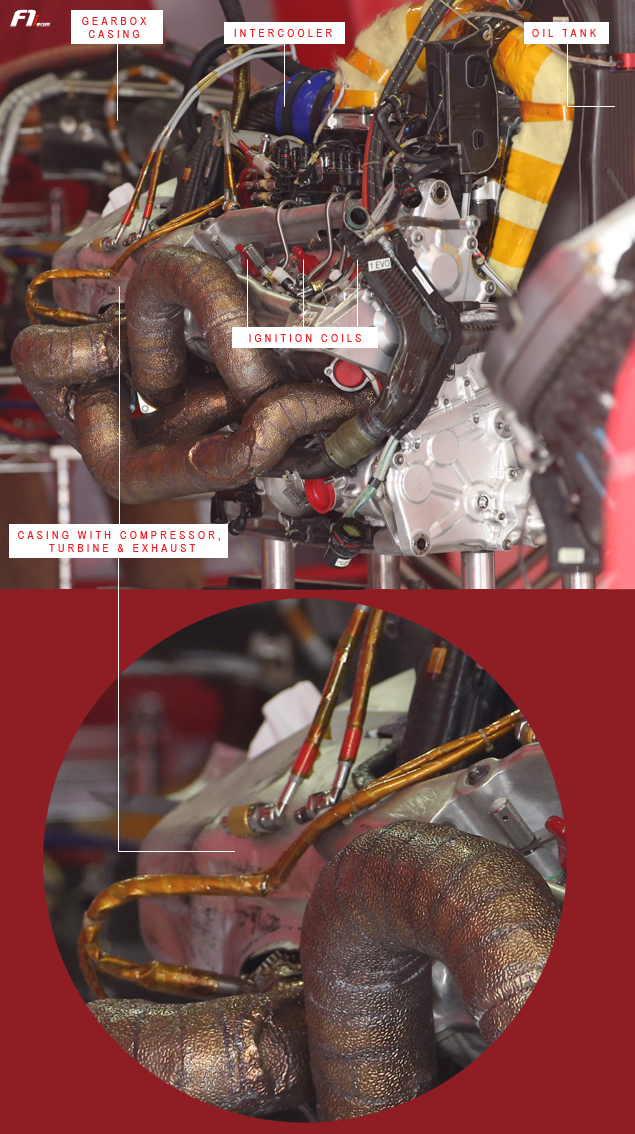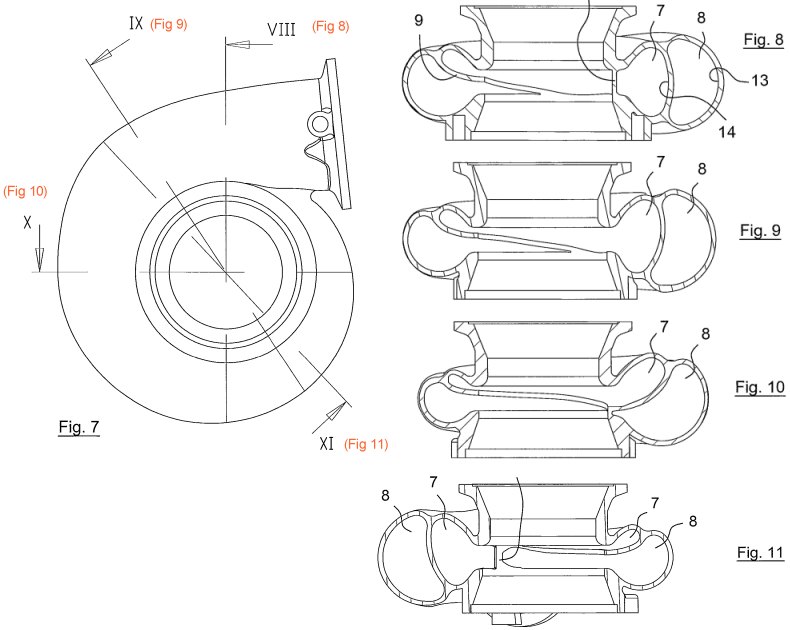Huh?Airshifter wrote: ↑11 Feb 2022, 03:03For F1 though, packaging, scavenging optimization, two wastegates, etc would all come into the picture. More than anything a space issue, and though revs are down vs previous years I don't know if they would save money in the long run. Taken to extremes as F1 does, it would become the new MGU-H of finding those small percentages to satisfy the entire rev range.mrluke wrote: ↑09 Feb 2022, 13:36Twin scroll is a no-brainer. There's not really any complexity, its just two feeds into the turbine housing. There's no moving parts to it.Airshifter wrote: ↑09 Feb 2022, 09:48
But once again, adding complexity for the sake of overcoming a different complexity.
Getting rid of the MGU-H creates the need to recover what is lost, but if they go back to the equal level of complexity, what's the point? Quite a few anti lag setups are fairly simple to implement at this level.
I'm not opposed to either solution, but they have to decide what they are changing the regs for and what the end goal is. Variable geometry and twin scroll both have costs probably more than anti lag systems, but in the overall scheme of things none are all that much. WIth increased electrical energy available, there might not be a need for any of the above really.
As has been stated by others, F1 turned the MGU-H into something more complex, proving how little hard knowledge on it was out there. I think they would do the same with variable or twin scroll to some extent.
Anti lag takes little in terms of development. For that matter they would drive the turbo without harvesting from it, using the electrical energy.
As I've said, I'm not opposed to which direction they do, but with cost cutting measures in place it might suggest a less expensive development process. Twin scroll hurdles aren't hard to overcome in street builds, but seem to have a much lesser advantage at higher outputs compared to single scrolls, and at F1 revs they might lose top end performance for the sake of low end ICE performance when they already have electrical energy to help overcome that small windows of low rev boost problems.
They all already have them and have done from 2014?










